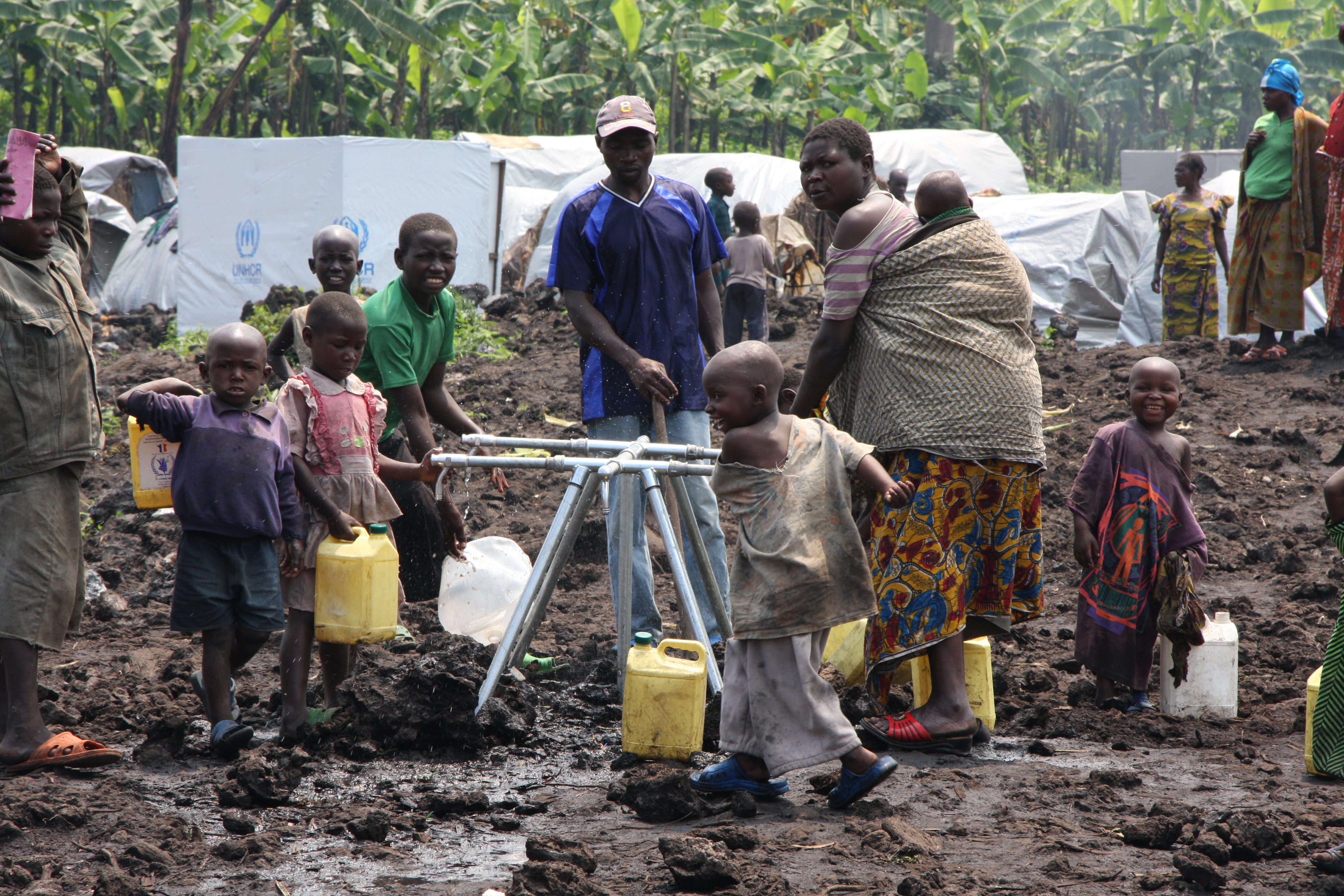Congo’s Troubles are Closer than you Think

The news about the Democratic Republic of Congo just keeps getting worse. A fresh wave of conflict in the eastern provinces has forced about 250,000 people from their homes since August—adding to the 1.4 million people who had already been displaced in the country. A ceasefire brokered a few weeks ago has now been broken. And as reports come in about cholera across widespread areas, many people remain without food, clean water, basic sanitation, and health care.
What’s at the heart of all this suffering? The exploitation of Congo’s mineral wealth is a big part of it. Efforts to bring peace to Congo risk failure unless that exploitation and its link to human rights abuses are put at the top of the agenda.
“This is Africa’s resource curse,” said New York Times reporter Lydia Polgreen in a lengthy story on Sunday about how the looting of Congo’s riches is helping to fund the fighting. “The wealth is unearthed by the poor, controlled by the strong, then sold to a world largely oblivious of its origins.”
Polgreen tells the story of Bisie—“a Darwinian place where those with weapons and money leech off a desperate horde”—a town of 10,000 where the discovery of tin ore, or cassiterite, in 2002 set the stage for the grab that has followed.
The trouble in Congo may seem far away, but it’s closer than you think: The cassiterite hacked from the earth and hauled out of the forest on the backs of porters is an essential component in many of the electronics each one of us depends on.
What can you do? Get involved in Right to Know, Right to Decide, Oxfam’s campaign on oil, gas, and mining. We’re working to pass US legislation that requires companies to come clean about their practices in the developing world.